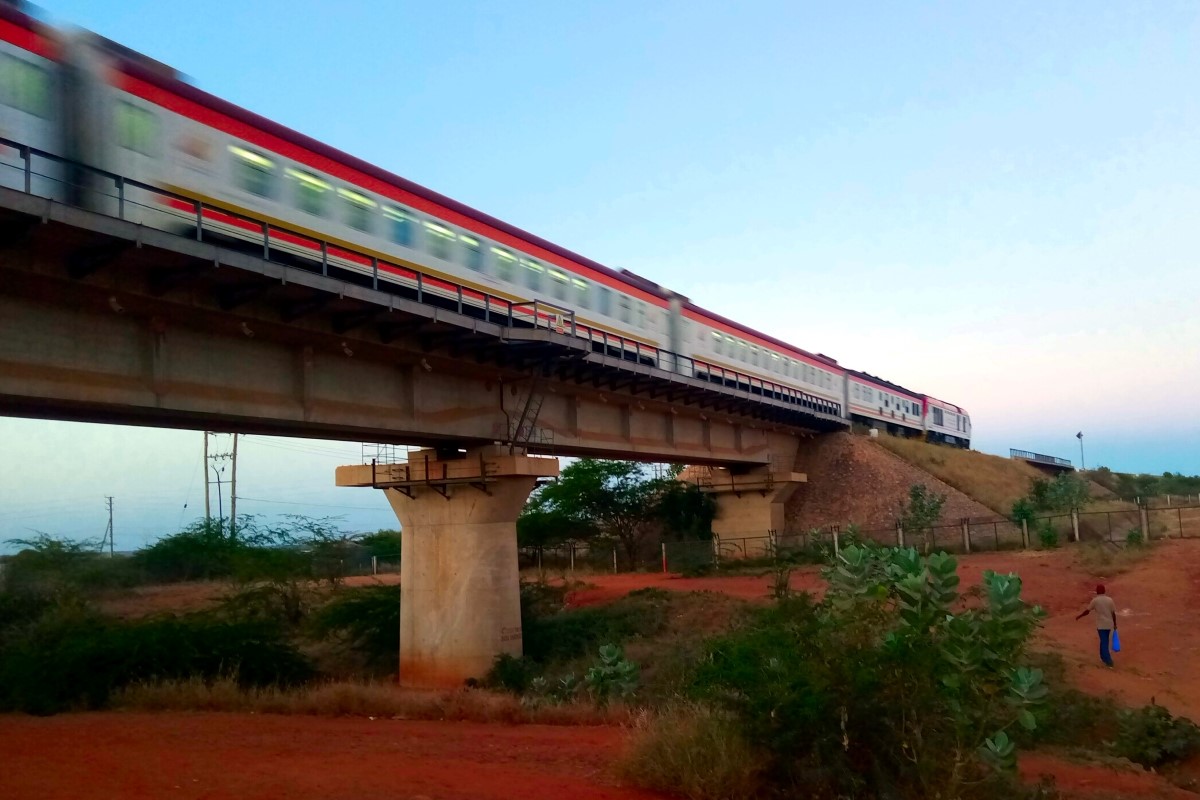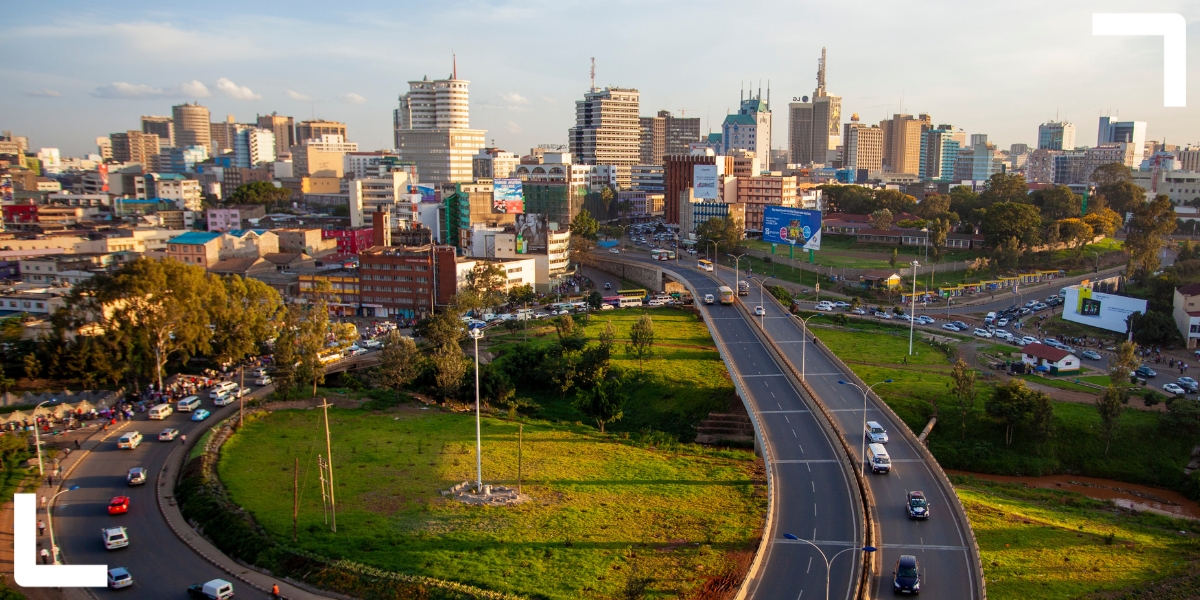By Tom Gillespie and Baraka Mwau
On 25 June 2024, the streets of Nairobi erupted in protest against the government of Kenya’s plans to increase taxes on many everyday goods, such as food and fuel. President William Ruto’s controversial 2024 Finance Bill was a response to Kenya’s ongoing fiscal crisis, with infrastructure debt financing playing a central role in motivating tax hikes.
The world watched on in shock as protestors occupied the Kenyan Parliament building and the police responded with indiscriminate and deadly use of tear gas and live ammunition. The Finance Bill was subsequently scrapped in response to overwhelming popular pressure, with Kenya’s tech-savvy youth assuming a particularly visible role in the unrest.
While the Finance Bill was the immediate trigger for what some have labelled the “Gen-Z” uprising, the anti-government protests indicate a turn towards anti-elite class politics motivated by persistent economic inequality in Kenya.
Drawing on our recently published research on the relationship between road building, urbanisation and rentier capitalism in Nairobi Metropolitan Region, we argue that the inequality that provoked these protests has an important urban geographical dimension that is easily overlooked in debates about class, ethnic and generational politics.
Infrastructure-led development and urbanisation
Ruto’s proposed tax hikes were a condition of a loan taken from the International Monetary Fund in response to Kenya’s ongoing sovereign debt crisis. This crisis is, in part, a product of the infrastructure-led development approach adopted by previous governments under the banner of Kenya’s Vision 2030 national development strategy. In particular, Uhuru Kenyatta’s 2013-2022 Jubilee government borrowed heavily from international funders for large-scale transport infrastructure projects, such as the Chinese-financed and built Standard Gauge Railway.
While Vision 2030 infrastructure projects have contributed to Kenya’s escalating debt burden, they have thus far failed to deliver on their promise of catalysing national economic prosperity. Rather, Kenyan workers struggle to navigate an adverse economic situation characterised by irregular incomes, rising living costs and growing indebtedness to mobile lending platforms. Meanwhile, successive governments have failed to initiate targeted debt repayment mechanisms, such as capturing increases in land value due to public infrastructure investments. Instead, infrastructure debt repayments are taken from the general revenue generated in the country.

A passenger train on the Standard Gauge Railway, speeding through Voi town on its way to Mombasa from Nairobi. Photo credit: TTC dude / Wikimedia Commons (CC BY-SA 4.0).
While a fair distribution of the economic benefits of infrastructure-led development have failed to materialise, road building projects have animated peri-urbanisation processes on Nairobi’s fringes, by opening up new territories to real estate speculation. Our research examined the impact of two Vision 2030 road projects on urbanisation dynamics in Nairobi: the “Superhighway”, connecting the capital to the town of Thika to the north, and the Eastern Bypass, linking this new highway to the international airport to the south. These initiatives received funding from the African Development Bank and China’s Exim Bank and were constructed by Chinese contractors between 2009 and 2023.
Our research found that the Thika Superhighway and Eastern Bypass projects have catalysed a peri-urban property boom, in which huge swathes of agricultural and ranching land have been subdivided into valuable plots of urban real estate. As a result, dense urban neighbourhoods dominated by high-rise rental housing have emerged along the route of these road corridors.
Rentier capitalism and class power
It is well established that the costs of public borrowing for infrastructure projects have been borne by Kenya’s taxpayers through austerity policies and tax increases. However, studying Nairobi’s urban geography reveals who the primary beneficiaries of these projects are. Road building in Nairobi has enabled the geographical expansion of rentier capitalism – accumulation through the extraction of rents from scarce land assets. This rentier capitalist expansion has enhanced the class power of politically connected elites in two ways.
First, individuals and land buying/selling firms with connections to politicians and government officials are often notified of confirmed road investments before they are announced to the public. This allows them to buy out existing landowners, such as smallholders or the shareholders of group farms. Land is then subdivided into plots which are sold for a significant profit once the roads are built.
Second, wealthy landlords have increased land rents by constructing high-rise tenements and flats on small plots of land near new roads, often in violation of planning and building regulations. Although ownership of some of these properties is opaque, it is widely suspected that well-connected individuals, including politicians, civil servants and senior business people own multiple blocks of highly profitable rental accommodation.
While the costs of Kenya’s infrastructure-led development strategy have been offloaded onto the public, therefore, Vision 2030 road building projects have reinforced the class power of the political and economic elite, by enabling them to engage in the appropriation of land rents. High-rise landlordism enables this elite to extract value from the 86% of households in Nairobi and its satellite towns that live in rental accommodation. As such, urbanisation and rentier capitalist expansion in Nairobi have reinforced the stark inequality that contributed to Kenya’s recent anti-government protests.
Land and the politics of inequality
The politics of inequality in Kenya has been intimately tied to land ownership since British settler colonial dispossession provoked the Mau Mau uprising in the 1950s. Furthermore, the 2004 Ndung’u report on elite land grabbing revealed the extent to which connections to political office have shaped the accumulation of property since independence. It is this amassing of land wealth that has enabled Kenya’s elite to capitalise on road building projects in peri-urban Nairobi.
Kenya’s propertied elite has historically relied on the politics of ethnic clientelism to divide the population and maintain their dominance. However, the failure of infrastructure-led development to generate broad-based prosperity has contributed to the emergence of an anti-elite populism, in which class, rather than ethnicity, is the primary reference point. Within this context, the recent protests represent the rejection of not just a particular bill or government, but Kenya’s highly unequal postcolonial political economy.
The scrapping of the Finance Bill raises the question of how best to expand Kenya’s tax base. While protestors have rejected further taxes on incomes or consumption, the possible use of land value capture mechanisms (beyond simply taxing rental income) deserves further exploration. Property taxation is very limited in many African cities, and increases in land value due to public infrastructure investments are typically appropriated by private actors, such as speculators and landlords. Capturing some of this value to fund public spending and investment would be a progressive alternative to further squeezing the collective incomes of ordinary Kenyans. Furthermore, it would address one of the root causes of inequality by reining in the economic power of the propertied elite.
Read the full, open access article:
Header photo credit: Wirestock / iStock. Globe Roundabout in Nairobi, Kenya.
The African Cities blog is licensed under Creative Commons Attribution-NonCommercial-NoDerivatives 4.0 International (CC BY-NC-ND 4.0), which means you are welcome to repost this content as long as you provide full credit and a link to this original post.


